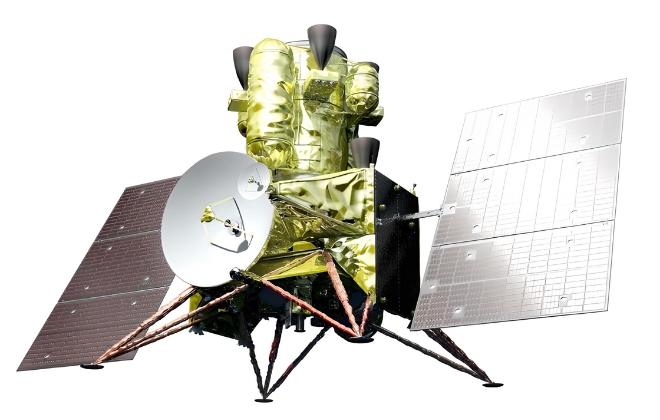Secure Satellites

ESTEBAN DÉCLINE / ENGINEER – ALTEN INNOVATION DEPARTMENT
Esteban graduated from the Aerospace Vehicle program at the French aerospace and engineering school IPSA (Institut Polytechnique des Sciences Avancées). After completing an internship with ALTEN, he was brought on board as an engineer in the Innovation Department. He is doing research on advanced techniques against cosmic radiation and the threat of space debris on solar power satellites.
How did you become interested in your area of specialization?
I’m passionate about space. I chose a major in space launchers and satellites in order to develop skills specific to astronautics.
What is your role at ALTEN?
I started with an end-of-studies internship in ALTEN’s Innovation Department, working on research and development of reactive and innovative space systems. Since the beginning of January, I have been lucky to continue the adventure as an ALTEN consultant working with the ArianeGroup in Les Mureaux.
What is the subject of the presentation you will be giving at the International Astronautical Congress in Milano?
There are two papers: the first is one I’m doing with Erika Vélio, who works at an aerospace research institute in the Netherlands. It looks at techniques for protecting against cosmic radiation originating from the sun or the galaxy. These are powerful things! They can be particles, gamma rays, even ultraviolet rays. We think a lot about the sun’s rays, but the galactic cosmic rays originating from outside the solar system are among the most penetrating, ionizing radiation. The radiation can be dangerous not only for astronauts, but also for equipment, for satellites – their electronics in particular. It can totally deactivate the components or falsify the measurements being sent back.
What materials are you looking at to protect against these types of radiation?
We’re looking at polymer matrix composites; basically, a polymer matrix reinforced with a filler material to combine the properties of both. The filler can be either light metals or hydrogen-containing nanoparticles, which offer good protection against solar flares and galactic cosmic rays. The elements with the highest neutron absorption cross-section are, by definition, the most effective against this kind of radiation. The problem is that these are atoms that have many, many protons and neutrons in their nuclei. Hence, they’re likely to split and therefore create secondary reactions. Depending on the type of incident particles (electrons, protons, gamma rays, etc.), different combinations of polymer matrices and fillers are selected to optimize the radiation shielding properties. The choice of the combination depends on the mission environment and duration.
What is the subject of the second paper?
The second paper looks at the threat of space debris on solar power satellites located in a geostationary orbit. The concept behind a solar power satellite is to harvest solar energy in space and transmit it wirelessly to Earth. These big satellites are very efficient in an orbit 36,000 kilometers above sea level. At this altitude, there’s a lot less debris – but there is still some, and that’s the subject of the study. The problem with solar power satellites is that they require large panels and antennas; the larger the structure, the greater the chance of being hit. In fact, there are graveyards for obsolete satellites – so that they don’t pollute the stationary orbit – but collisions are always possible. And there are also micrometeoroids; while these particles measure only a few millimeters in size, they can also damage satellites. So, we’re using a model that considers both space debris and micrometeoroids. The aim of this study is to find the optimal shape and orientation for the satellites, taking space debris into consideration.












